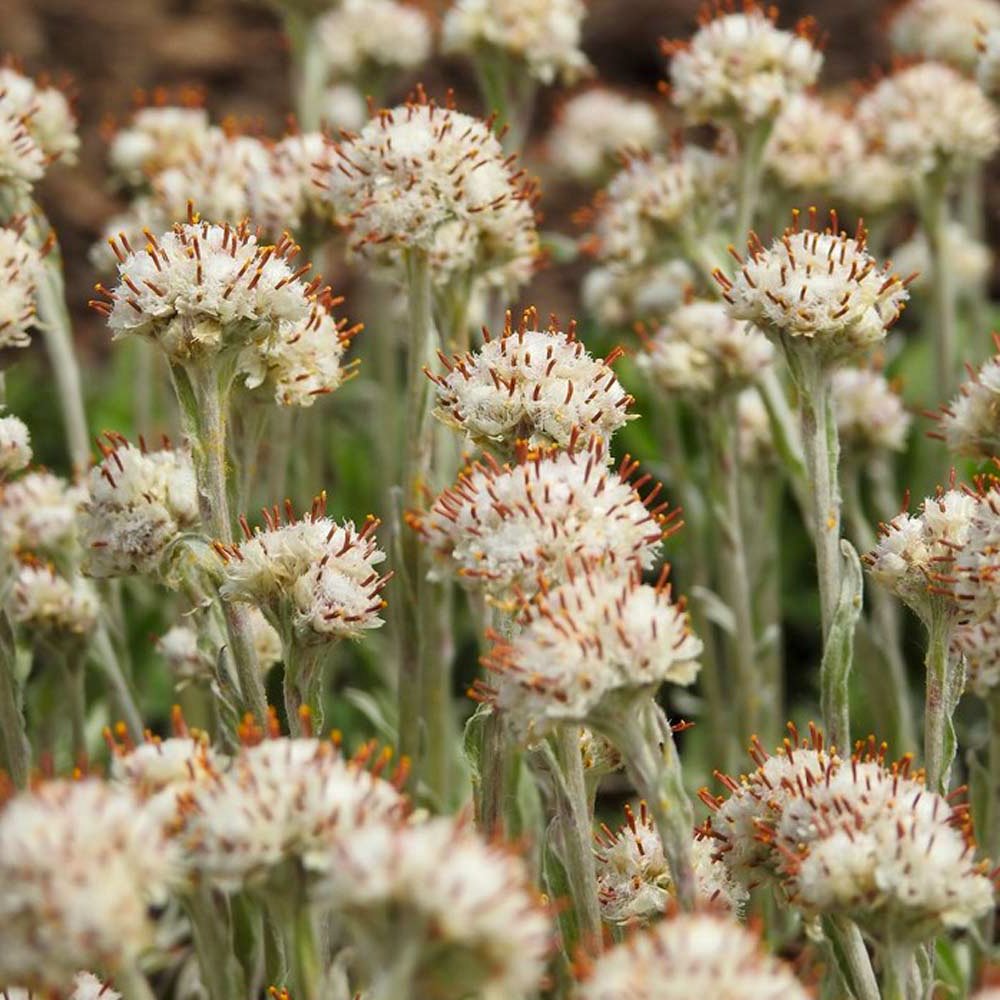 Image 1 of 7
Image 1 of 7

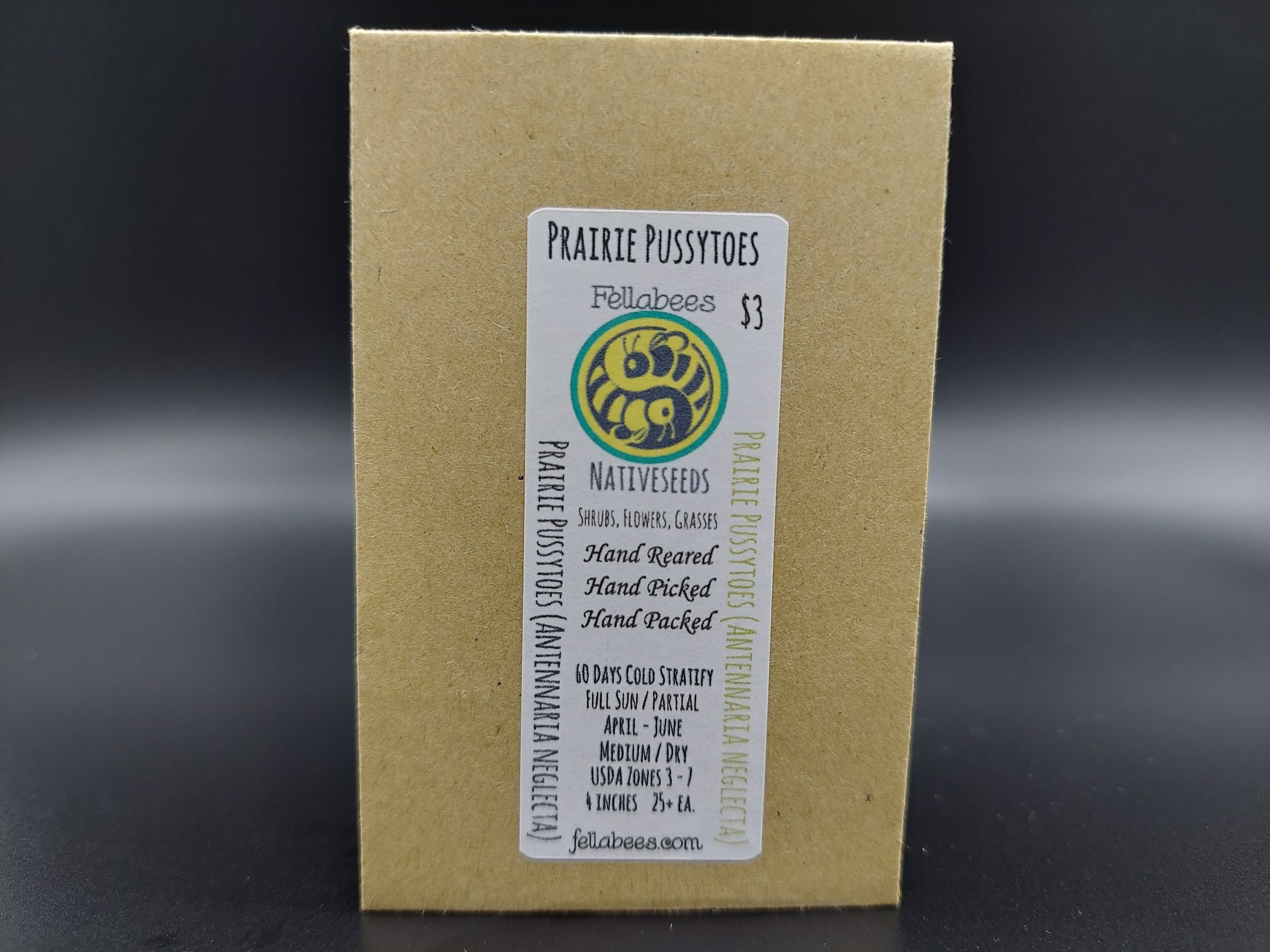 Image 2 of 7
Image 2 of 7

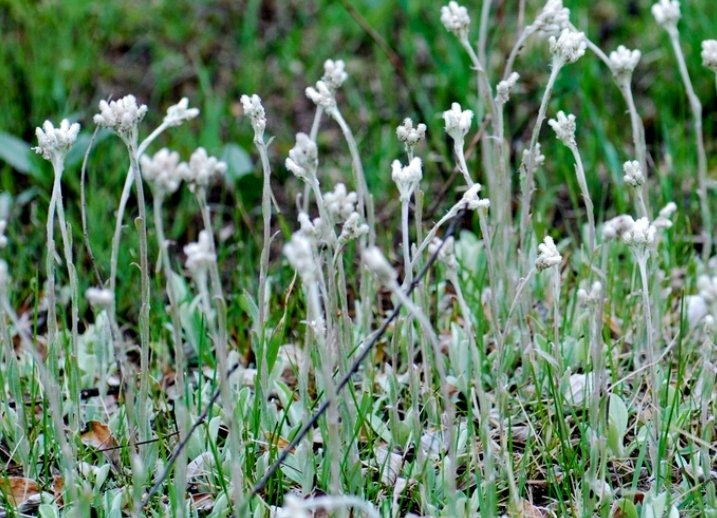 Image 3 of 7
Image 3 of 7

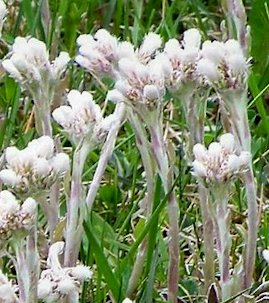 Image 4 of 7
Image 4 of 7

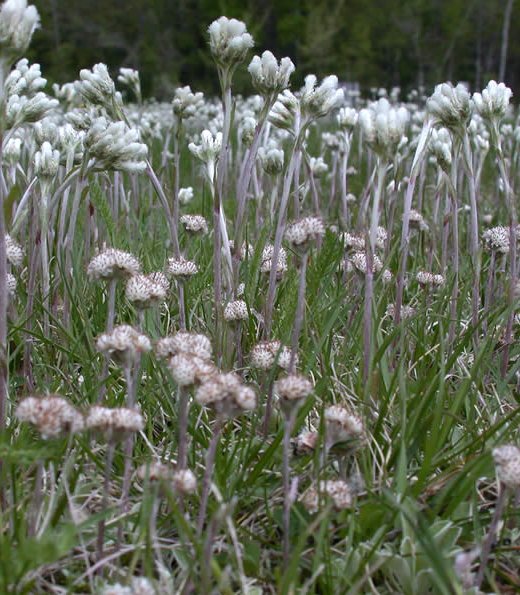 Image 5 of 7
Image 5 of 7

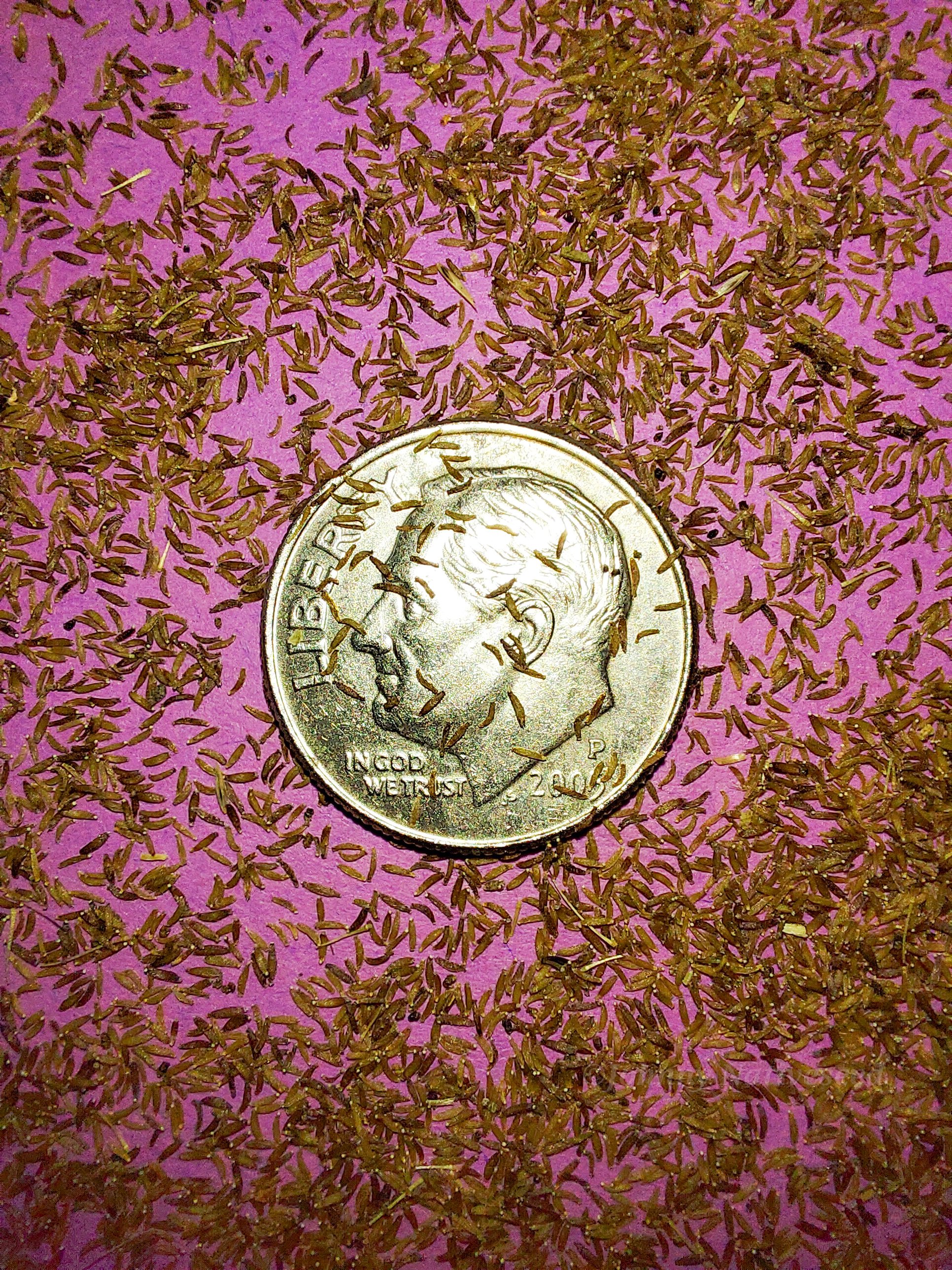 Image 6 of 7
Image 6 of 7

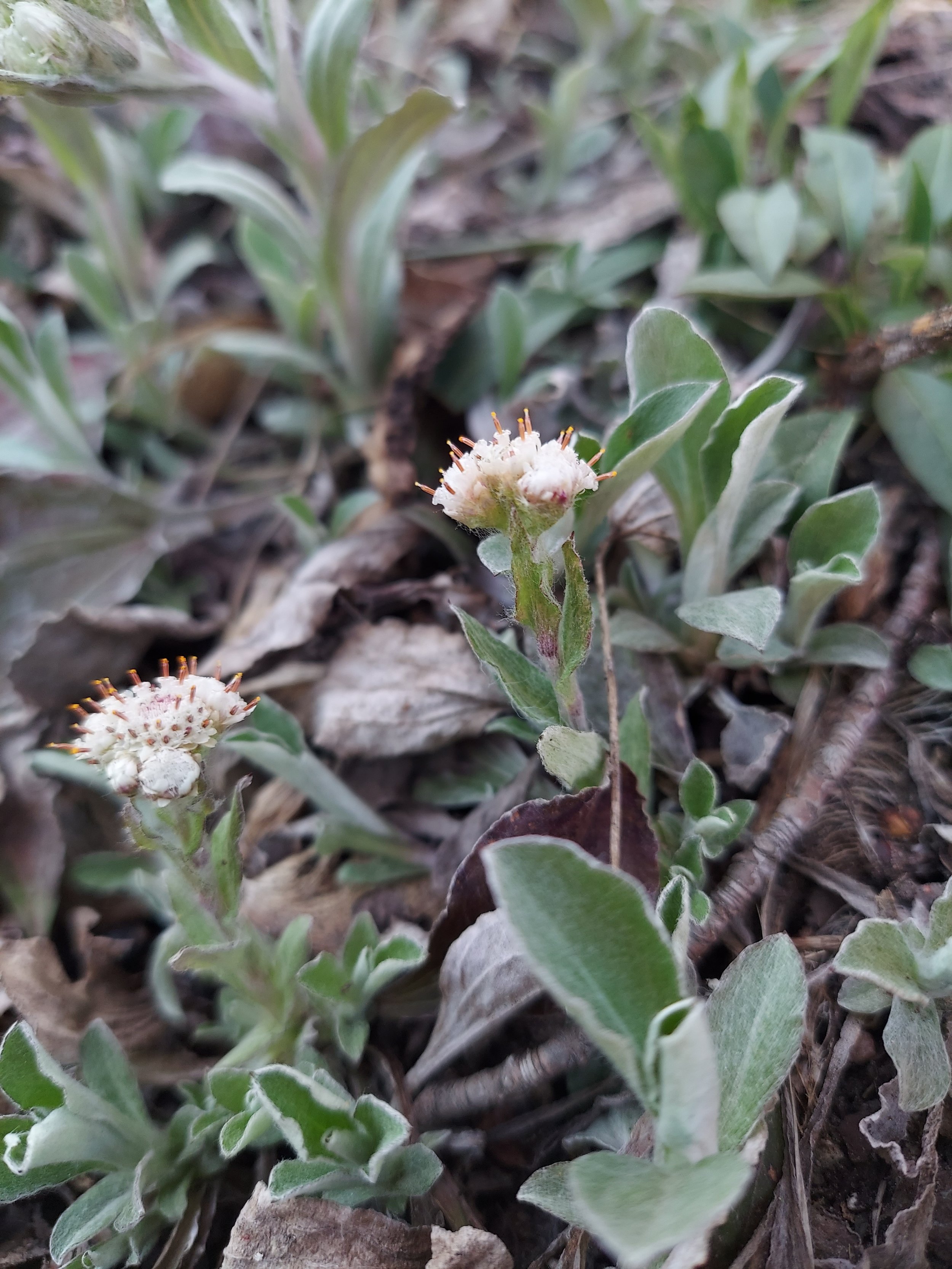 Image 7 of 7
Image 7 of 7








Prairie Pussytoes (Antennaria neglecta)
Prairie Pussytoes (Antennaria neglecta)
Antennaria neglecta is the scientific name for this North American species of flowering plants in the family Asteraceae known more commonly by the name Prairie Pussytoes, and Field Pussytoes.
It is widespread across much of Canada (including Northwest Territories plus all provinces except Newfoundland and Labrador) as well as the northeastern and north-central United States.
Antennaria neglecta is a short herb growing between 4 and 10 inches tall with as many as 8 flowering heads per plant. Male and female flowers are borne on separate plants, with some populations being composed entirely of female plants.
The velvet like leaves of Prairie Pussytoes are attractive more so than their whitish-pink flowers. Providing an excellent groundcover in drier rocky areas, it forms drifts and mats, spreading by stolons.
This plant is avoided by herbivores due to parts of the plant being unpaletable and poisionous to deer, rabbits and other small mammals, so animals wont even bother them.
Prairie Pussytoes is an early spring bloomer, providing exellent resources for native bees and butterflies who emerge early in the season. This plant is also the host plant for the American Painted Lady Butterfly (Vanessa virginiensis)
This plant is listed as present but rare in several counties of the states of Wyoming, Arkansas, and North Carolina.
Plant Details
USDA Zones: 3-8
Germination Needs: 60 Days Cold Stratification, Seed is very small and enjoys contact with the soil, as well as a view of the sun, so surface sow only. When growing indoors, in trays, bottom water only. If starting outdoors, keep moist but not soaking until it germinates and puts down roots.
Life Cycle: Perennial
Sun Exposure: Full to Partial
Soil Moisture: Medium, Medium-Dry, Dry
Plant Spacing: 2-6 inches
Height: 4 inches
Bloom time: April, May, June
Bloom Color: White
Advantages :
Pollinator Favorite: butterflies, moths, bees, wasps, beetles
Deer Resistant: Yes
Excellent in the home landscape!
Native to: Wisconsin, Minnesota, Iowa, Illinois, Indiana, Michigan, Ohio, Pennsylvania, New York, Vermont, New Hampshire, Maine, Massachusetts, Rhode Island, Connecticut, Delaware, Maryland, West Virginia, Virginia, North Carolina, Tennessee, Kentucky, Arkansas, Missouri, Oklahoma, Kansas, Nebraska, Colorado, Nebraska, Wyoming, South Dakota, North Dakota, and Montana.
.
.
Packet quantities:
We pride ourselves on ethical, hands on, ecological management, using no mechanical or chemical methods whatsoever.
All of our native seed is hand reared, hand picked, and hand packed from native prairies under our exclusive management, never breaking chain of custody from the field until it is sent to you. Each packet is hand prepared for shipment by us, directly.
Small seed species will contain greater than 20-25 seed
Large seed species will contain greater than 10-15 seed
It is our mission to spread the wealth of native plant and pollinator ecological sustainability, and educate back yard gardeners as well as corporate and government entities in how to germinate, grow, and benefit from native synergies.
Thank you for your support, it is because of you, that we can grow together to do, what we do.🐛🦋🐝🐞🌾🌱🌼🧡
Prairie Pussytoes (Antennaria neglecta)
Antennaria neglecta is the scientific name for this North American species of flowering plants in the family Asteraceae known more commonly by the name Prairie Pussytoes, and Field Pussytoes.
It is widespread across much of Canada (including Northwest Territories plus all provinces except Newfoundland and Labrador) as well as the northeastern and north-central United States.
Antennaria neglecta is a short herb growing between 4 and 10 inches tall with as many as 8 flowering heads per plant. Male and female flowers are borne on separate plants, with some populations being composed entirely of female plants.
The velvet like leaves of Prairie Pussytoes are attractive more so than their whitish-pink flowers. Providing an excellent groundcover in drier rocky areas, it forms drifts and mats, spreading by stolons.
This plant is avoided by herbivores due to parts of the plant being unpaletable and poisionous to deer, rabbits and other small mammals, so animals wont even bother them.
Prairie Pussytoes is an early spring bloomer, providing exellent resources for native bees and butterflies who emerge early in the season. This plant is also the host plant for the American Painted Lady Butterfly (Vanessa virginiensis)
This plant is listed as present but rare in several counties of the states of Wyoming, Arkansas, and North Carolina.
Plant Details
USDA Zones: 3-8
Germination Needs: 60 Days Cold Stratification, Seed is very small and enjoys contact with the soil, as well as a view of the sun, so surface sow only. When growing indoors, in trays, bottom water only. If starting outdoors, keep moist but not soaking until it germinates and puts down roots.
Life Cycle: Perennial
Sun Exposure: Full to Partial
Soil Moisture: Medium, Medium-Dry, Dry
Plant Spacing: 2-6 inches
Height: 4 inches
Bloom time: April, May, June
Bloom Color: White
Advantages :
Pollinator Favorite: butterflies, moths, bees, wasps, beetles
Deer Resistant: Yes
Excellent in the home landscape!
Native to: Wisconsin, Minnesota, Iowa, Illinois, Indiana, Michigan, Ohio, Pennsylvania, New York, Vermont, New Hampshire, Maine, Massachusetts, Rhode Island, Connecticut, Delaware, Maryland, West Virginia, Virginia, North Carolina, Tennessee, Kentucky, Arkansas, Missouri, Oklahoma, Kansas, Nebraska, Colorado, Nebraska, Wyoming, South Dakota, North Dakota, and Montana.
.
.
Packet quantities:
We pride ourselves on ethical, hands on, ecological management, using no mechanical or chemical methods whatsoever.
All of our native seed is hand reared, hand picked, and hand packed from native prairies under our exclusive management, never breaking chain of custody from the field until it is sent to you. Each packet is hand prepared for shipment by us, directly.
Small seed species will contain greater than 20-25 seed
Large seed species will contain greater than 10-15 seed
It is our mission to spread the wealth of native plant and pollinator ecological sustainability, and educate back yard gardeners as well as corporate and government entities in how to germinate, grow, and benefit from native synergies.
Thank you for your support, it is because of you, that we can grow together to do, what we do.🐛🦋🐝🐞🌾🌱🌼🧡
Prairie Pussytoes (Antennaria neglecta)
Antennaria neglecta is the scientific name for this North American species of flowering plants in the family Asteraceae known more commonly by the name Prairie Pussytoes, and Field Pussytoes.
It is widespread across much of Canada (including Northwest Territories plus all provinces except Newfoundland and Labrador) as well as the northeastern and north-central United States.
Antennaria neglecta is a short herb growing between 4 and 10 inches tall with as many as 8 flowering heads per plant. Male and female flowers are borne on separate plants, with some populations being composed entirely of female plants.
The velvet like leaves of Prairie Pussytoes are attractive more so than their whitish-pink flowers. Providing an excellent groundcover in drier rocky areas, it forms drifts and mats, spreading by stolons.
This plant is avoided by herbivores due to parts of the plant being unpaletable and poisionous to deer, rabbits and other small mammals, so animals wont even bother them.
Prairie Pussytoes is an early spring bloomer, providing exellent resources for native bees and butterflies who emerge early in the season. This plant is also the host plant for the American Painted Lady Butterfly (Vanessa virginiensis)
This plant is listed as present but rare in several counties of the states of Wyoming, Arkansas, and North Carolina.
Plant Details
USDA Zones: 3-8
Germination Needs: 60 Days Cold Stratification, Seed is very small and enjoys contact with the soil, as well as a view of the sun, so surface sow only. When growing indoors, in trays, bottom water only. If starting outdoors, keep moist but not soaking until it germinates and puts down roots.
Life Cycle: Perennial
Sun Exposure: Full to Partial
Soil Moisture: Medium, Medium-Dry, Dry
Plant Spacing: 2-6 inches
Height: 4 inches
Bloom time: April, May, June
Bloom Color: White
Advantages :
Pollinator Favorite: butterflies, moths, bees, wasps, beetles
Deer Resistant: Yes
Excellent in the home landscape!
Native to: Wisconsin, Minnesota, Iowa, Illinois, Indiana, Michigan, Ohio, Pennsylvania, New York, Vermont, New Hampshire, Maine, Massachusetts, Rhode Island, Connecticut, Delaware, Maryland, West Virginia, Virginia, North Carolina, Tennessee, Kentucky, Arkansas, Missouri, Oklahoma, Kansas, Nebraska, Colorado, Nebraska, Wyoming, South Dakota, North Dakota, and Montana.
.
.
Packet quantities:
We pride ourselves on ethical, hands on, ecological management, using no mechanical or chemical methods whatsoever.
All of our native seed is hand reared, hand picked, and hand packed from native prairies under our exclusive management, never breaking chain of custody from the field until it is sent to you. Each packet is hand prepared for shipment by us, directly.
Small seed species will contain greater than 20-25 seed
Large seed species will contain greater than 10-15 seed
It is our mission to spread the wealth of native plant and pollinator ecological sustainability, and educate back yard gardeners as well as corporate and government entities in how to germinate, grow, and benefit from native synergies.
Thank you for your support, it is because of you, that we can grow together to do, what we do.🐛🦋🐝🐞🌾🌱🌼🧡
